
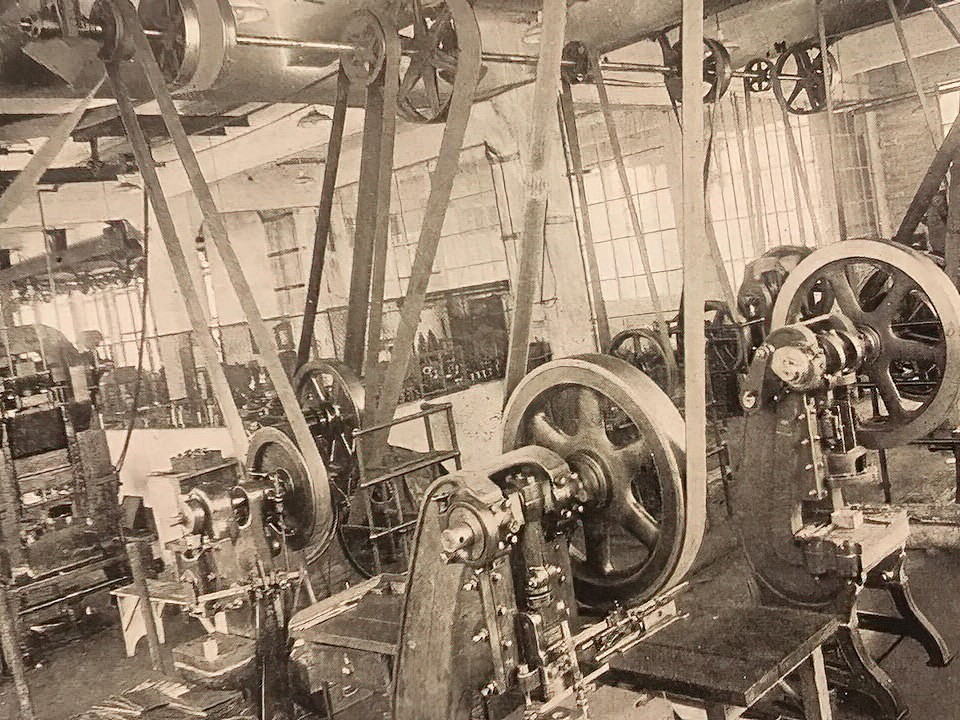
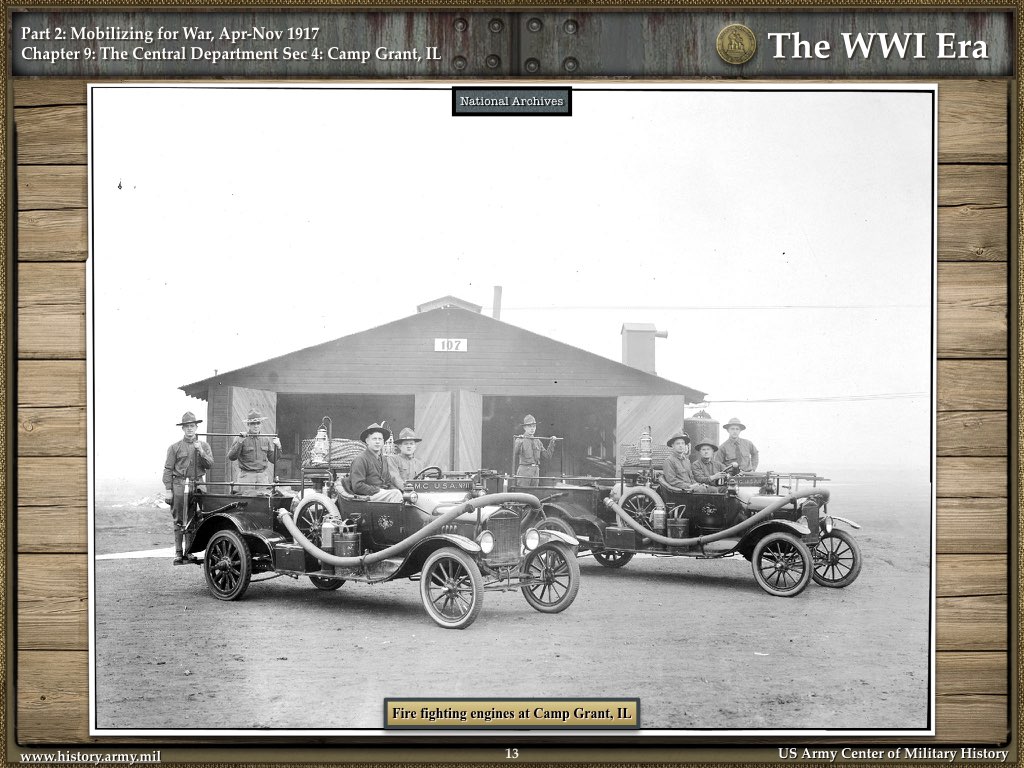
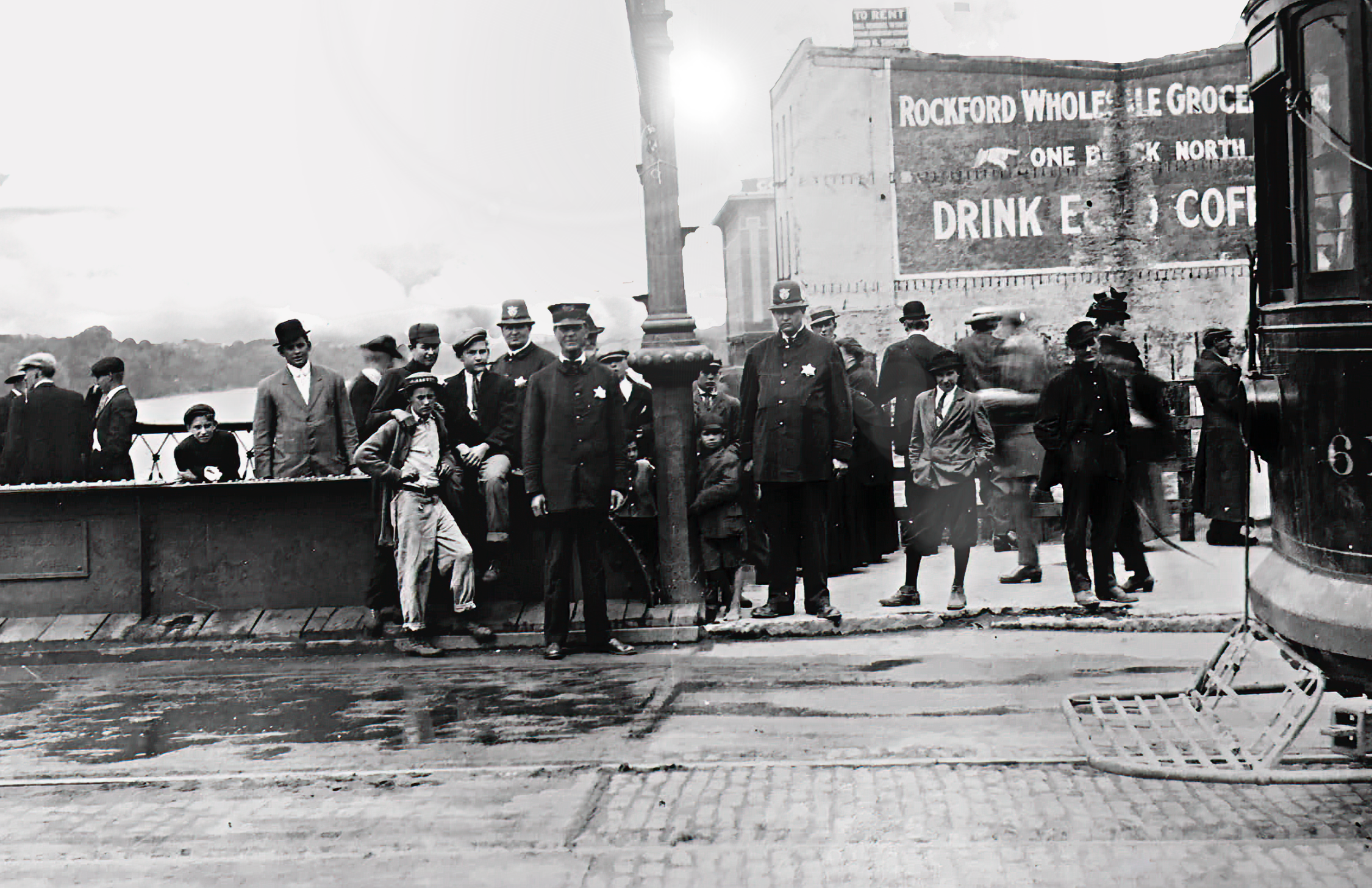
In the late 1800s and early 1900s, South Rockford began to emerge as a distinct neighborhood in the city, largely due to the growth of the manufacturing industry in the area. The district was home to several large factories, which produced everything from locks and keys to machine tools and other industrial equipment, including the Barber-Colman Company. As Barber-Colman Company grew to be one of Rockford’s largest industries, the Company expanded its operations to include the manufacture of machine tools, metal cutting tools, automatic temperature and humidity control products, small motors, molded plastics, air distribution products, overhead type doors, and electric door operators. The Automatic Controls section of the Company supplied control system components for over seventy-five different types of military and commercial aircraft. Rockford was a boom town in the Eighteen Eighties. Factories sprung up almost overnight and immigrants poured off the trains to take the jobs created in the new plants. The city’s population surged from 13,129 in 1880 to 23,584 in 1890, an increase of eighty percent. One notable individual was P. A. Peterson, who was 30 years old in 1876 when he got his first meaningful job. He helped found and became secretary of the Union Furniture Company on South Main Street. “P.A.” as he was known, worked days in the factory and kept books at night. Soon he acquired an interest in the Rockford Chair and Furniture Company and the rest is history.
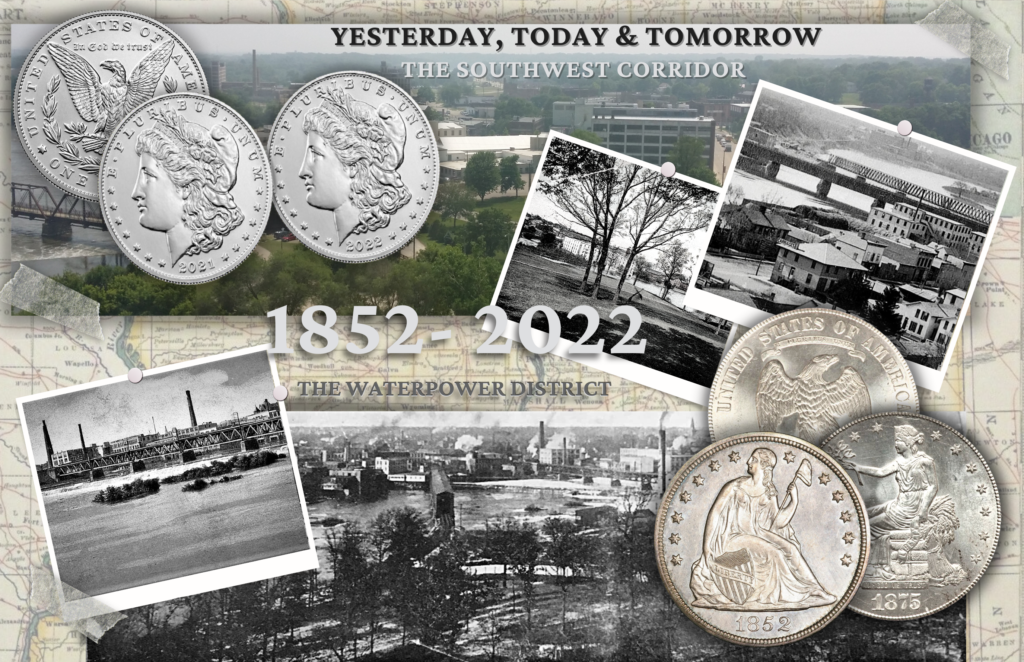
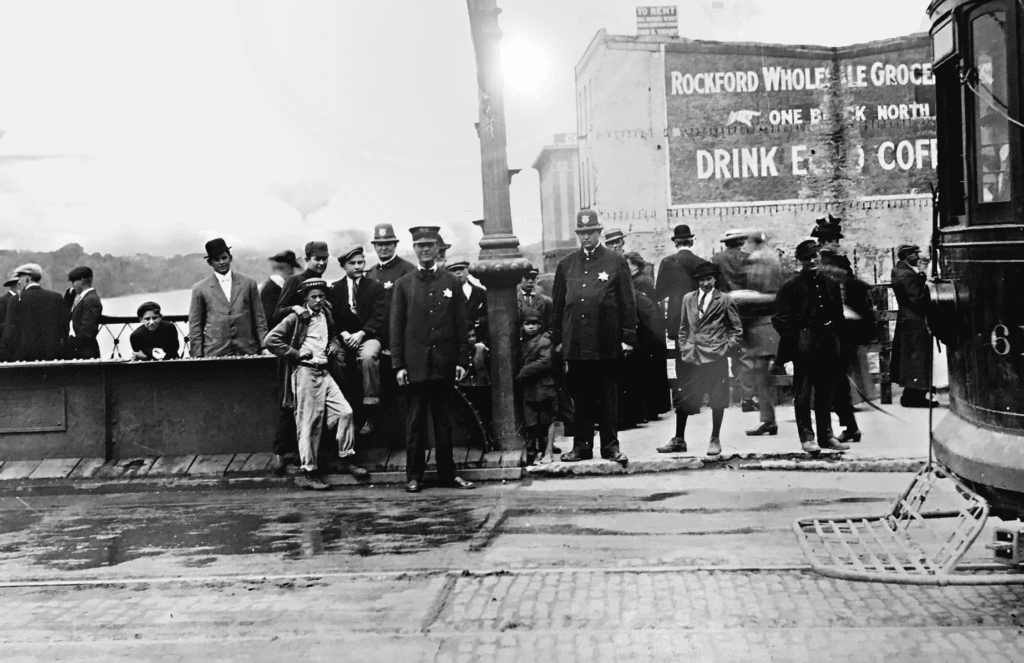
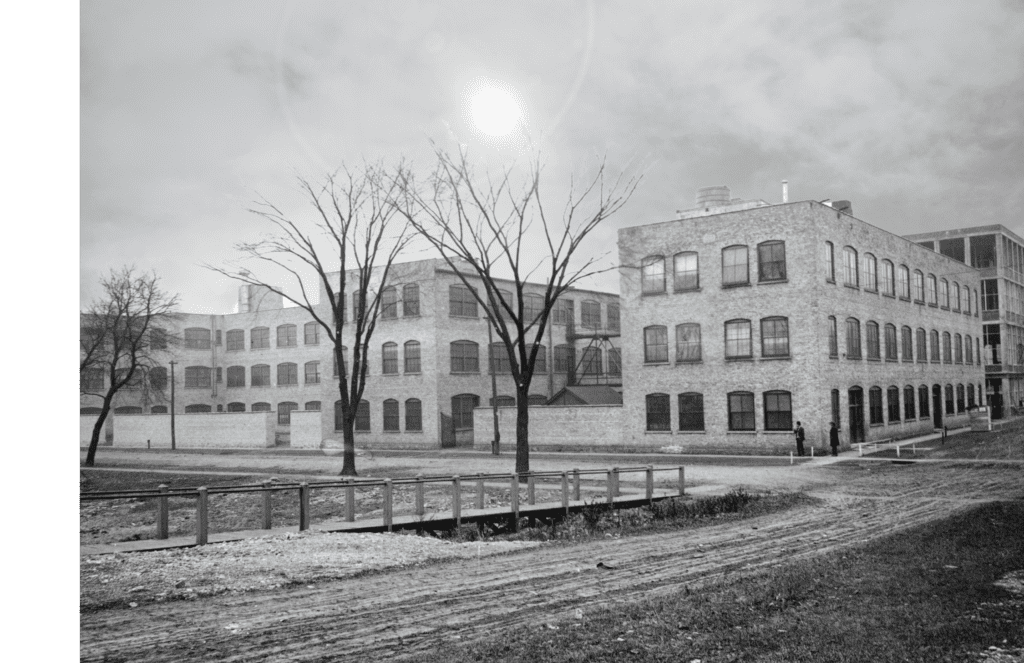
In the early 1900s, South Rockford was also home to a thriving Italian immigrant community. The neighborhood had several Italian-owned businesses, such as grocery stores, bakeries, and restaurants that catered to the community’s needs. The Italian influence is still present in the Greater Rockford Area, with the annual Festa Italiana celebration held at Boylan Catholic High School.
In addition to their economic contributions, Italian immigrants also played an important role in the social and cultural life of the community. They established social clubs and organizations, to preserve their culture and provide support to one another. These Italian clubs and organizations play an important role in Rockford, while also contributing to the community in a variety of ways. From social and cultural events to charitable work and community outreach, these organizations are an important part of the fabric of Rockford’s Italian American community.
One of the most meaningful ways that Italians impacted the community was through their contributions to the local economy. Many Italian immigrants opened businesses, such as grocery stores, bakeries, and restaurants, which not only provided goods and services to the community but also helped to create jobs and stimulate economic growth.
During the mid-20th century, South Rockford experienced a wave of urban renewal projects. Many historic buildings were demolished, and the construction of the US Route 20 bypass further altered the neighborhood’s landscape. This period of change caused significant upheaval in the community, but some buildings were saved and are now part of the South Main Historic District.
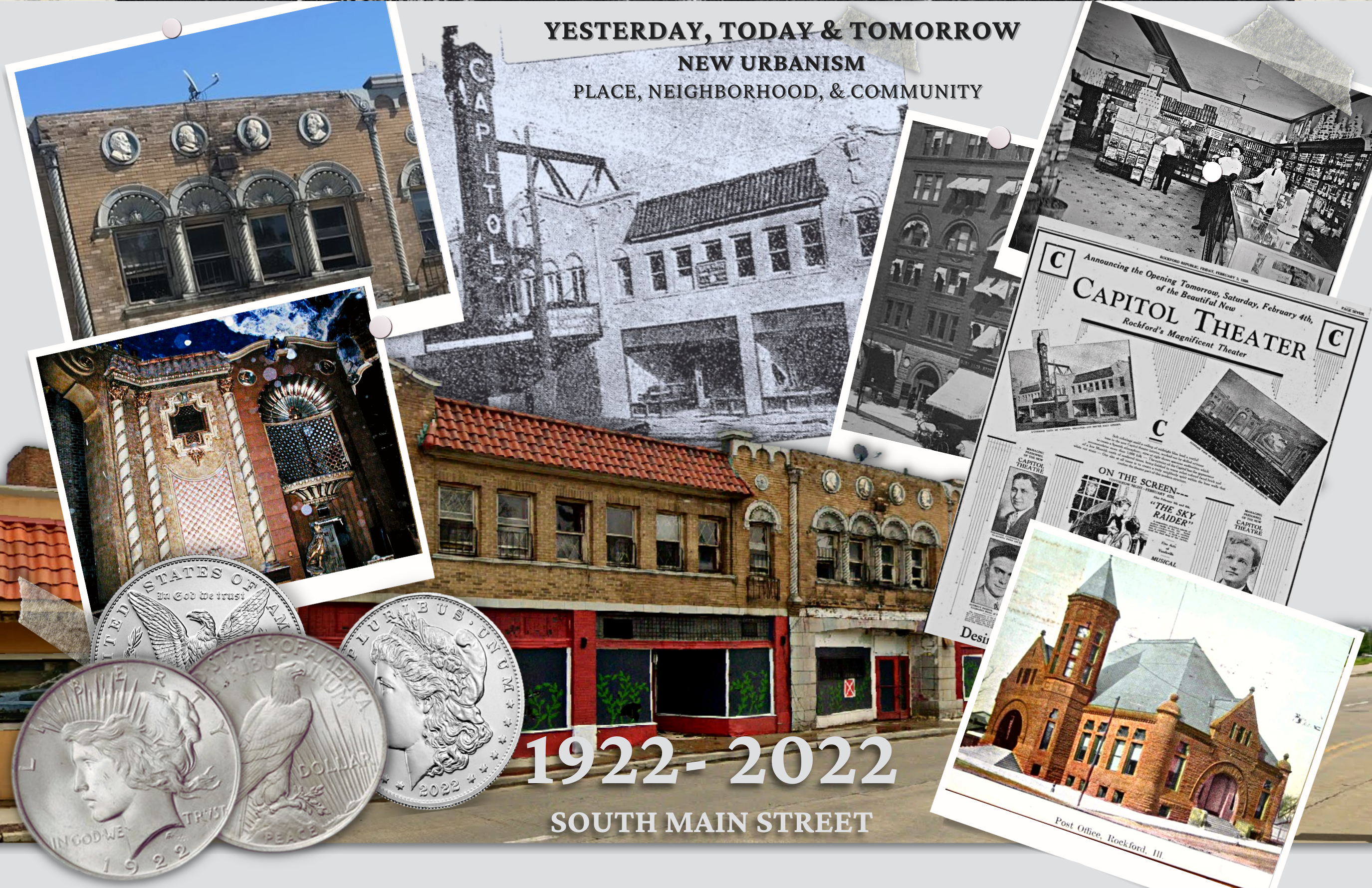
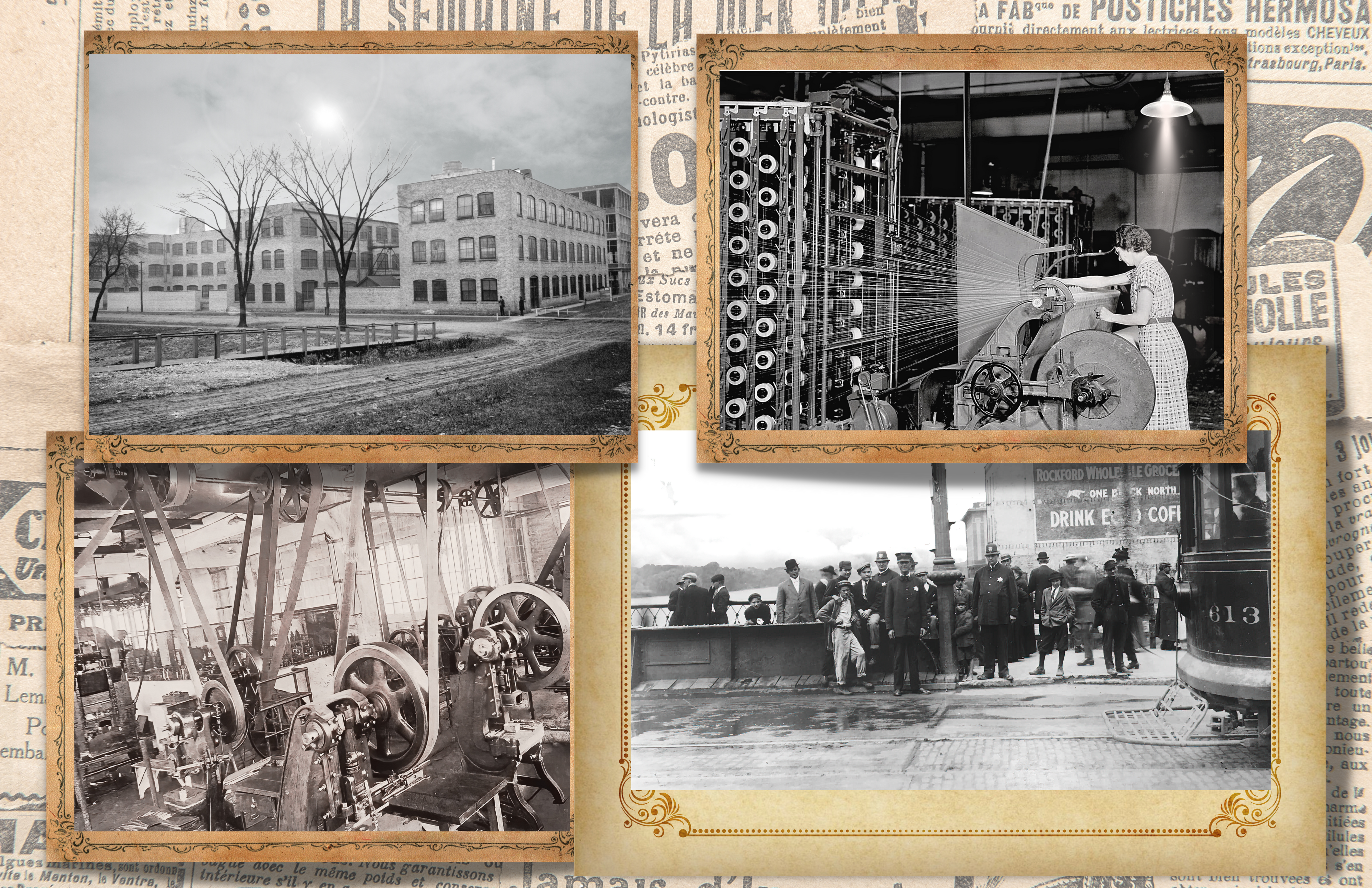
The growth of the manufacturing sector led to an influx of workers into the area, which in turn led to the development of new housing, retail, and commercial spaces to support the needs of the community. Many of the homes and buildings in South Rockford were constructed during this time, including several beautiful examples of Victorian-era architecture.
The Italian community also contributed to the diversity and richness of Rockford’s cultural landscape. They brought their own traditions, foods, and music to the area, which helped to shape the city’s cultural identity. Today, many of these traditions and customs of Italian Americans continue to play an important role in the city’s cultural and economic life. The contributions of Italian American’ descendants from South Rockford are significant and far-reaching, helping to shape the city’s economy, culture, and politics. Their legacy continues to be celebrated and honored by the Rockford community, and their influence can still be seen and felt today.
During World War II, South Rockford played a significant role in the war effort, with local factories producing crucial supplies for the military. The Barber-Colman Company, in particular, was a major contributor to the war effort, producing everything from bomb sights to airplane engines.
In the mid-20th century, South Rockford continued to thrive as a bustling industrial and residential district.
In the 1960s, South Rockford became a hub for the city’s civil rights movement, with local activists organizing protests and sit-ins to demand an end to racial discrimination in housing, education, and employment. These efforts helped to pave the way for greater equality and justice in Rockford and beyond.
However, by the 1970s and 1980s, the neighborhood began to experience significant economic decline, as many of the factories that had once provided jobs and opportunities for local residents began to close or move overseas.

In recent years, South Rockford has undergone a revitalization effort, with new businesses, community programs, and public spaces emerging to support the neighborhood’s continued growth and development. The area is home to several popular restaurants, shops, and cultural institutions, including the Ethnic Heritage Museum, which showcase the rich history and diversity of the Rockford area.
Despite these challenges, South Rockford has continued to be an important part of the city’s history and culture. Today, the neighborhood is home to a diverse array of businesses, community organizations, and residents, and continues to play an important role in the life of Rockford and the surrounding region.
The railroads played a significant role in the development and growth of South Rockford. The area was a hub for several major rail lines, including the Chicago and Northwestern Railway and the Chicago, Burlington, and Quincy Railroad. These railroads were crucial for transporting goods and people in and out of the area, and they helped to shape the economy and social fabric of South Rockford.
One of the most significant ways that the railroads influenced the area was through their impact on industry. The railroads provided an efficient means of transportation for raw materials and finished goods, which enabled local manufacturers to grow and expand. The presence of rail lines also attracted new businesses to the area, which helped to create jobs and stimulate economic growth.
In the late 1800s, Rockford was a booming city with a growing population and thriving economy. The Illinois Central Railroad recognized the city’s potential as a hub for transportation and commerce and sought to make their mark on the region. In January 1888, the railroad purchased a parcel of land from Robert H. Tinker, located between South Main and Winnebago streets, for $50,000. This land was to be used for the construction of a new depot and freight house.
However, the land was already occupied by the historic “Manny Mansion,” which had been built in the 1850s by John H. Manny, a well-known agricultural inventor and businessman. Despite its significance to the community, the mansion was dismantled to make way for the railroad’s new development. This decision was controversial at the time and still remains a point of debate among local historians.
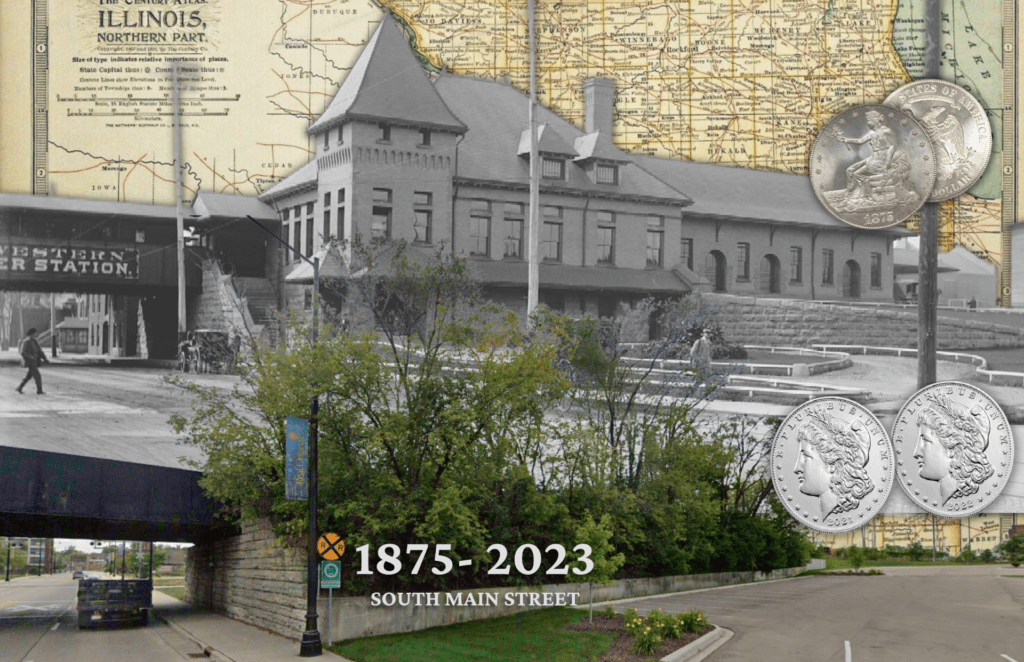
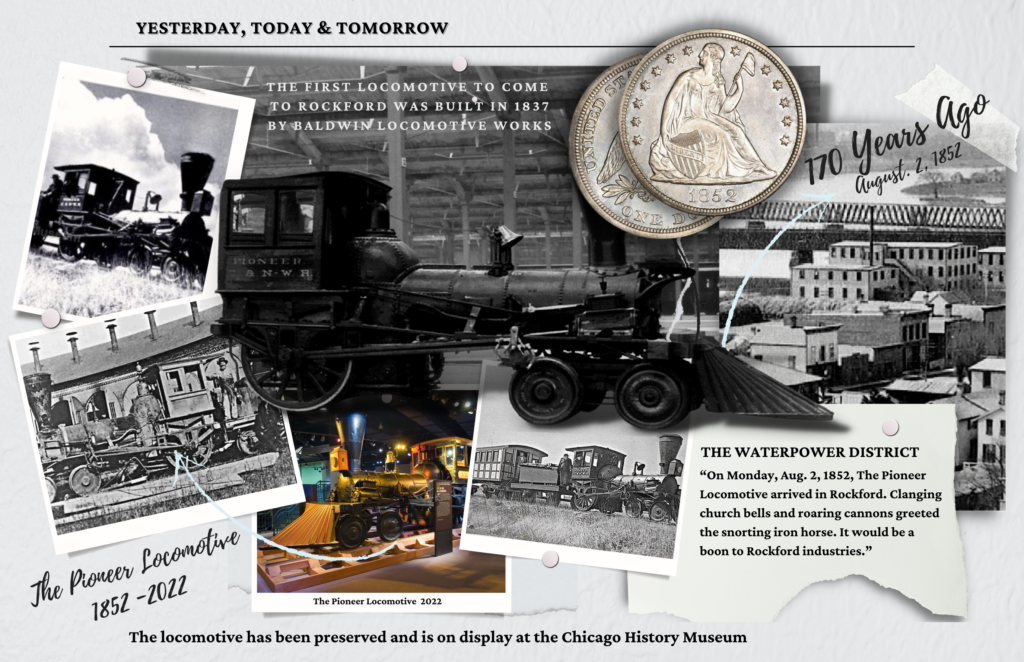
Despite the controversy, the Illinois Central continued with its plans and in August 1888, the first train arrived in Rockford from the east. The railroad’s investment in the city paid off, as Rockford’s economy continued to grow and thrive with the increased transportation access. E.W. Brown became the local agent for the Illinois Central and served in that role for many years, overseeing the railroad’s operations in the city.
In 1915, the Illinois Central completed a major infrastructure project that further cemented its impact on Rockford: the construction of a second bridge across the Rock River. This bridge allowed for a double track service, making it easier for trains to pass through the city and further connecting Rockford to the rest of the region.
Today, Rockford owes much of its transportation success and continues to benefit from the railroad’s legacy to the four major railroad lines that served the city: the Illinois Central, Chicago & North Western, Chicago, Milwaukee & St. Paul, and the Chicago, Burlington & Quincy. These railways have played a pivotal role in the city’s growth and development, connecting Rockford to the rest of the region and beyond. It’s a testament to the power of infrastructure investment, and the lasting impact it can have on a community.
The railroads also played a role in the growth of the South Rockford residential neighborhood. Many of the workers employed by the local factories and businesses lived in the area, and the railroads provided a convenient means of transportation to and from work. This helped to create a sense of community in South Rockford, with neighbors living and working in close proximity to one another.
The railroads also influenced the physical landscape of South Rockford. The presence of rail lines and yards necessitated the construction of bridges, viaducts, and other infrastructure to accommodate them. Some of these structures, such as the Tinker Swiss Cottage Bridge, are now historic landmarks that serve as reminders of the area’s industrial past.
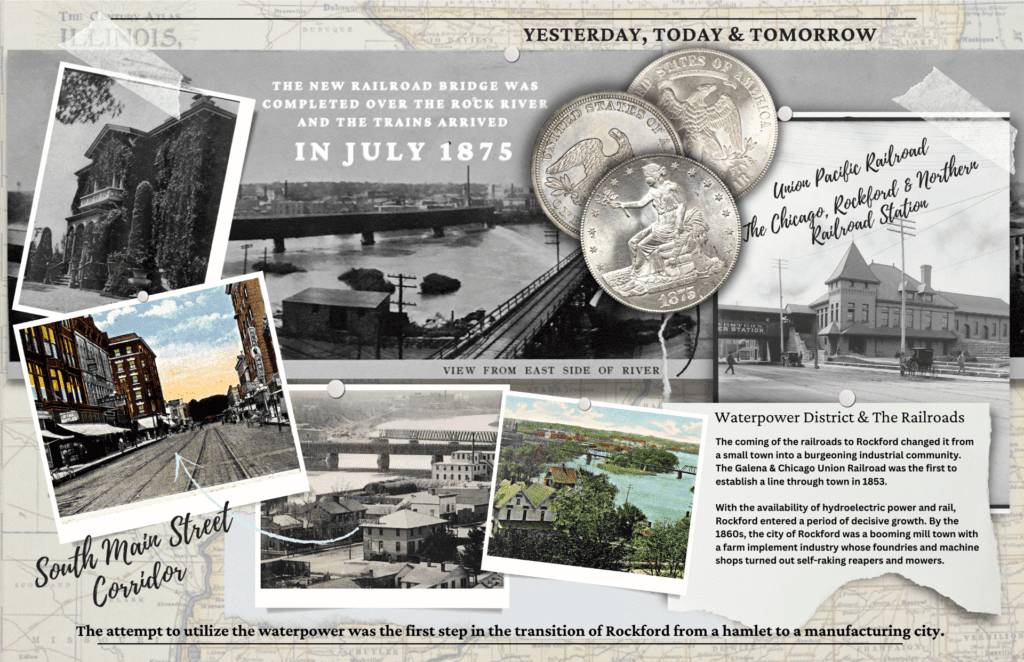

In addition, they played an important role in shaping the development and character of South Rockford. Their impact can still be felt in the area today, with historic rail yards, bridges, and other infrastructure serving as reminders of their influence on the community. The rail network also brought people to South Rockford, both as workers and as visitors. The area’s transportation infrastructure made it a convenient location for travelers passing through on their way to other destinations. As a result, several hotels were built in the area to accommodate travelers.
The railroads also played a role in the growth of the area’s recreational opportunities. The Rockford Park District, which was established in the early 1900s, used the railroads to transport materials and equipment to build new parks and recreational facilities. For example, the Severson Dells Nature Center was built on land donated by the railroad company, and the park district’s first golf course was built on land leased from the railroad.
The rail network similarly had an impact on the social and cultural life of South Rockford. Many workers in the area were employed by the railroad companies, and they formed a tight-knit community with its own social clubs and organizations. The railroads also brought people from other parts of the country and the world to South Rockford, which helped to create a diverse and multicultural community. They had a profound impact on the physical landscape of South Rockford. The area’s transportation infrastructure required the construction of a vast network of tracks, bridges, and other structures, many of which are still standing today. These structures are not only reminders of the area’s industrial past but also serve as a testament to the ingenuity and engineering prowess of the railroad companies that built them.
Women in South Rockford made significant advances during the first decade of the 20th century. They built upon the accomplishments of those who had demanded more equal treatment during the 1800s and continued to push for greater rights and opportunities in the years that followed.
During the 1900s, women were increasingly joining the workforce at all levels. Immigrant and working-class females began to be employed outside the home as opportunities in manufacturing and retailing expanded. In the later part of the 1930’s and with the advent of World War Two in the 1940’s, women also became involved in the labor movement, advocating for better working conditions and higher wages for themselves and their fellow workers.
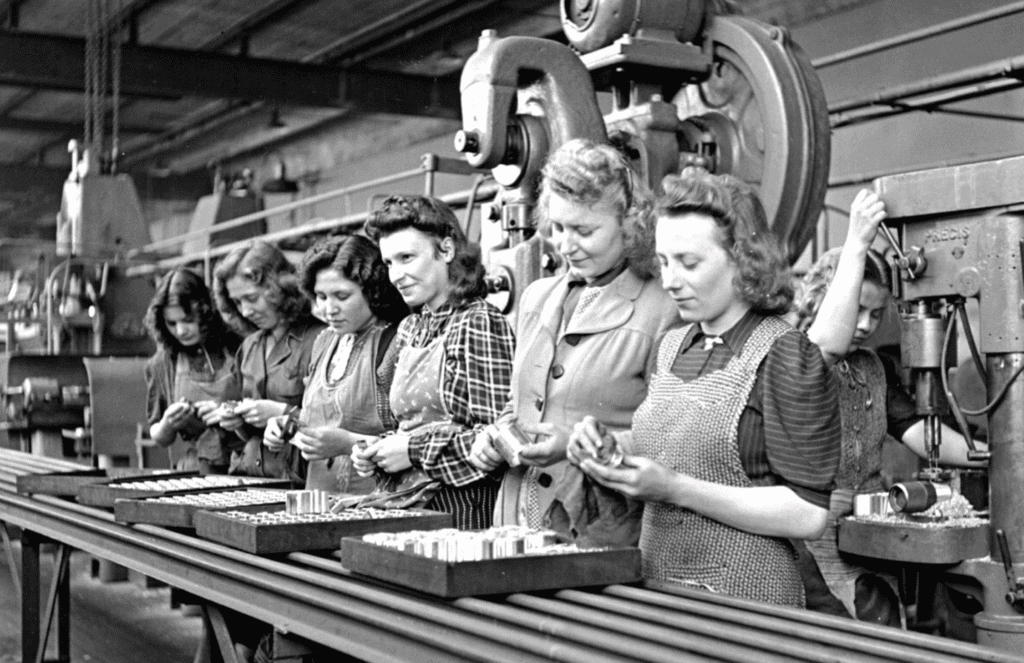

The Women of South Rockford also played important roles in the cultural and artistic life of the city. They founded clubs and organizations dedicated to literature, music, and the arts, and participated in local theater productions and musical performances. They also focused on promoting Italian culture and traditions in the community during social gatherings, and also provided charitable support to those in need.
Their work performed outside the home, by women also played important roles in the community. Women formed and perpetuated benevolent organizations such as the Women’s Club of South Rockford, which advocated for issues such as education, health, and welfare. These women also played key roles in the suffrage movement, fighting for the right to vote and participate fully in the democratic process. Though there were still many challenges and obstacles to overcome, the efforts of these pioneering women helped to create a more just and equitable society for all.
Camp Grant, a U.S. Army training facility located in the southern part of Rockford, from 1917 to 1946, had a significant impact on the South Main area and the wider community. Although not located directly in the South Main area, it brought significant economic growth and development, creating employment opportunities for local workers, and generating revenue for local businesses. The influx of soldiers and military personnel into the area led to a population boom, demographic changes, and increased demand for goods and services in the surrounding communities. As a result, many businesses in the South Main area benefited, including restaurants, shops, and hotels.
The presence of Camp Grant also had a significant cultural impact, bringing together people from diverse backgrounds and helping to make Rockford a more cosmopolitan and culturally rich city. Additionally, the construction of Camp Grant required the development of new infrastructure in the area, improving transportation and communication in the South Main area and other parts of the city. The need for housing led to the construction of new homes and apartment buildings, providing affordable housing options for residents.
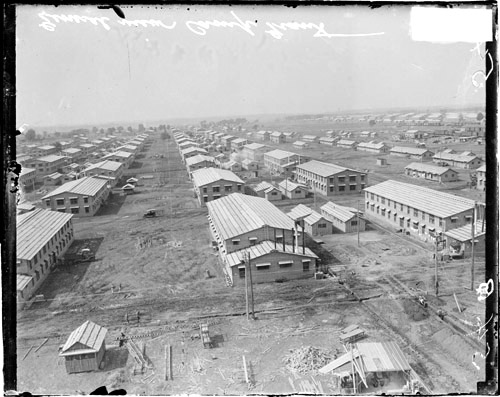
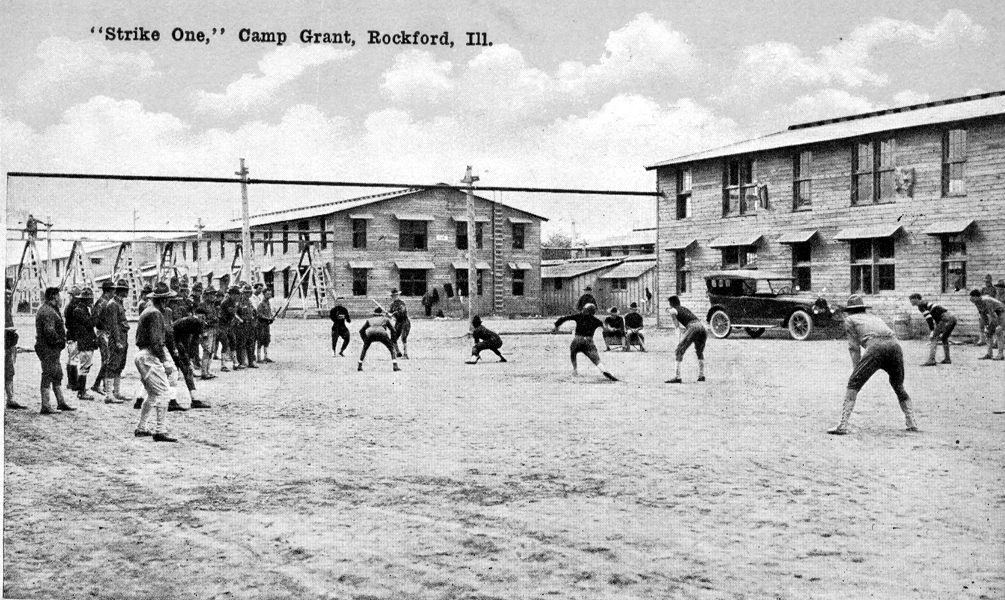
Camp Grant also helped to bring the community together in support of the war effort, with local businesses and residents rallying around the soldiers and providing support in various ways. This helped to create a sense of community and camaraderie in the South Main area and other parts of the city. While Camp Grant is no longer in operation, its legacy continues to be felt in the city today.
The Camp influenced the South Main area in Rockford is through the educational opportunities it provided. The base offered educational programs and vocational training to soldiers, helping them to gain new skills and knowledge that they could use after their service. This led to an increase in the number of skilled workers in the South Main area and other parts of the city, which helped to drive economic growth and development.
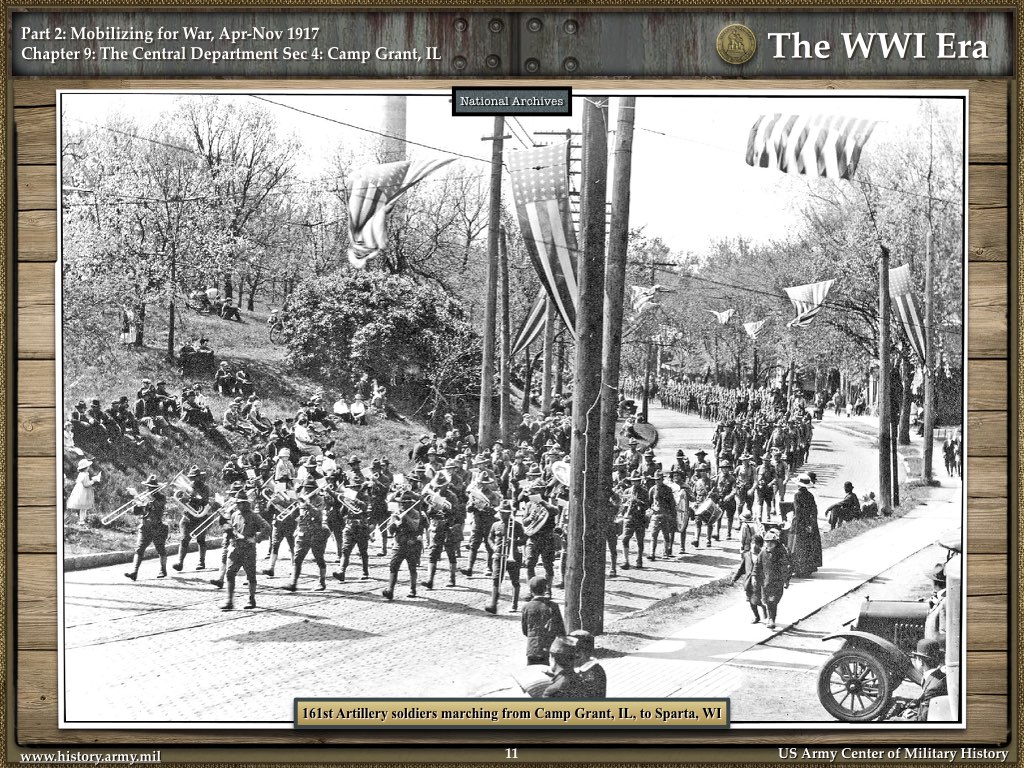

Additionally, Camp Grant had a significant impact on the natural environment in the area. The base required a large amount of land for training and other activities, which led to the destruction of some natural habitats in the area. However, the base also helped to preserve some natural areas, such as the Rock River, which became an important recreation and relaxation spot for soldiers and residents alike.
In conclusion, Camp Grant had a multifaceted impact on the South Main area in Rockford, contributing to economic growth and development, demographic changes, educational opportunities, community involvement, cultural diversity, and environmental impact. Its legacy continues to be felt in the city today.
The Rock River played a considerable role in the growth and development of South Rockford, both as a source of transportation and as a source of water and power for local industries.
One of the most significant ways that the Rock River influenced the growth of South Rockford was as a means of transportation. The river provided a direct route for goods and people to move in and out of the area, connecting South Rockford to other cities and towns along its banks. This made the area an important hub for river transportation, with boats and barges transporting goods such as lumber, coal, and agricultural products.
In addition to transportation, the Rock River also provided a source of water and power for local industries. Many factories and mills were built along the river, taking advantage of its waterpower to run machinery and equipment. The river also provided a source of water for steam engines and other industrial processes.
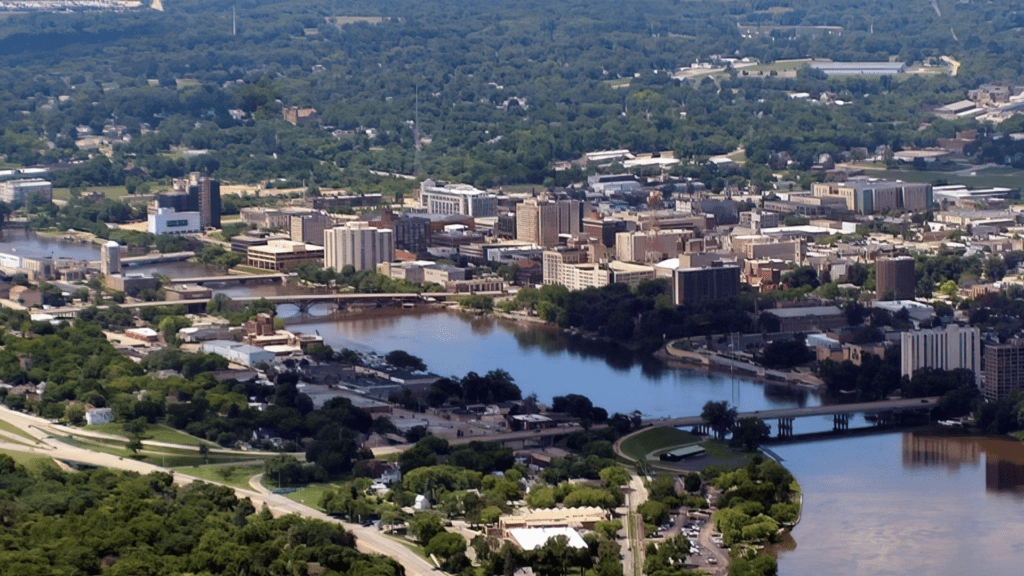
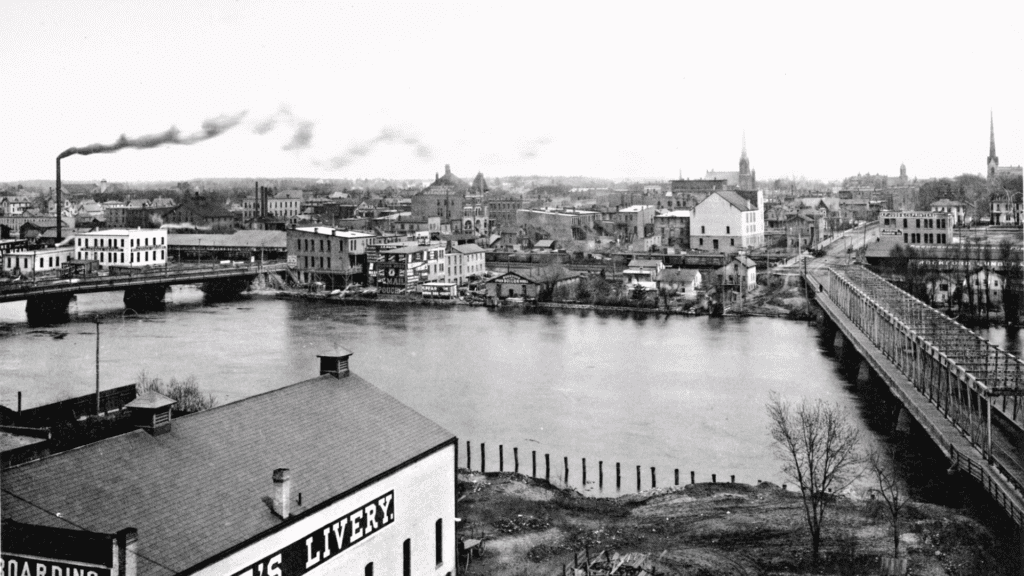
The presence of the Rock River also had an impact on the growth of South Rockford’s recreational opportunities. The river was a popular spot for fishing, boating, and other water activities, and several parks and recreational areas were established along its banks.
The Rock River also played a role in the physical layout of South Rockford. The river helped to shape the natural landscape of the area, and many of the city’s streets and buildings were constructed in relation to its location. Many of the city’s early factories were built along the river, and several of the area’s bridges and viaducts were constructed to span the river and its tributaries.
The Rock River played an important role in the growth and development of South Rockford, serving as a source of transportation, water and power, recreation, and as a physical landmark that helped to shape the character of the Rockford community and the larger Northern Illinois Region.